Aerospace Engineering
>>Aerospace Engineering website
“Challenges into the sky and space make the world and the future change.
–From developments of aircraft, rockets, reusable launch vehicles, and artificial satellites to space utilization–”
Humankind challenges to explore the frontiers of the sky and space will continue. Department of Aerospace Engineering aims to improve student’s system design abilities, keeping them firmly based in reality, while helping them foster their dreams through education and research on methods and technologies of computation of complex structures, development of huge systems, and other methods and technologies.
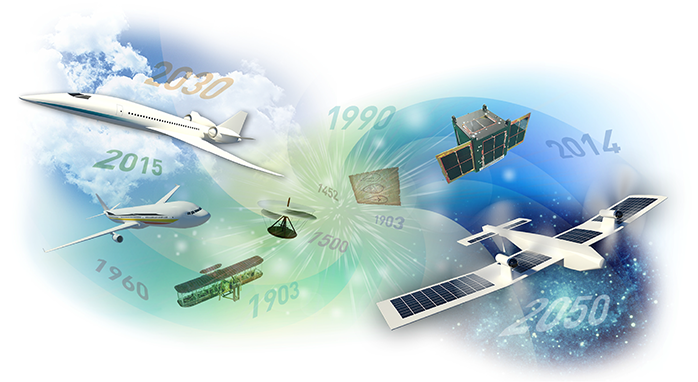
About 110 years has passed since the first airplane flight in the human history, and about 60 years since the development of the Pencil Rocket: Our dreams and technologies into the sky and space have no limitation.
For the development of aircraft and spacecraft, space utilization, and other related purposes, education and research in the department focus on the following specialized disciplines: fluid mechanics to study vortices and shock waves, structural engineering to study the strength and weight reduction of structures; propulsion engineering to study jet engines; control engineering to study autopilots and navigation systems; engineering in space environment utilization to study the use of microgravity; systems engineering for comprehensive assessment and design; and remote sensing to observe the earth from space. The students learn basic theories and advanced technologies that are necessary to design, manufacture, and operate aircraft and spacecraft through research on cutting-edge technical issues in each research field. Courses offered by the department are designed to engineers and researchers with creativity and flexibility. The aim is to bring up specialists who can play a leading role in the future, while developing advanced engineering fields in such a way as to achieve a harmonious balance between the sustainable development of humankind and conservation of the earth environment based on fundamental technologies in aerospace engineering. The goal is to help students deepen their understanding of specialized aerospace fields as well as to develop their abilities to think comprehensively, which is special quality in aerospace engineering, as well as their system design abilities. To fulfill this aim and goal, the students are divided into some research groups in the following specialized fields: aerodynamics, aerospace structural engineering, aerospace propulsion engineering, aerospace systems engineering, aerospace control engineering, and engineering in space environment utilization. These groups cooperate with each other, to conduct education and research of aircraft, spacecraft, space environment utilization, earth observation, and other subjects.
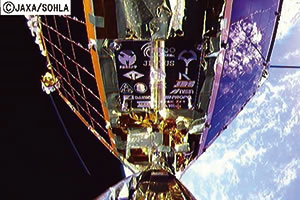
SOHLA-1, a small-scale satellite: Photo taken from the tip of the boom of the satellite.
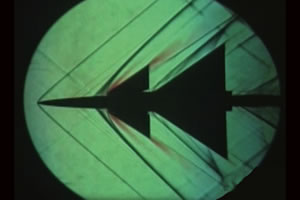
Supersonic wind tunnel test of a supersonic aircraft model
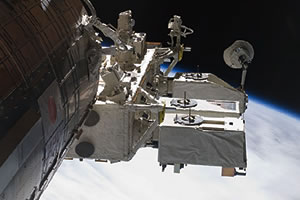
Superconducting Submillimeter-Wave Limb Emission Sounder (SMILES) attached to the Exposed Facility of the Japanese Experiment Module “Kibo” of the International Space Station.
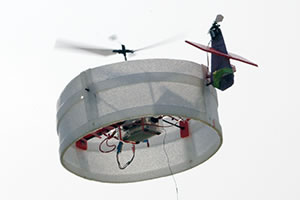
Development of unmanned small aircraft
Academic Staff
| Research Group | Staff |
|---|---|
| Aerodynamics | Shoji Sakaue [Associate Professor] |
| Aerospace Structural Engineering | Masakatsu Chiba [Professor] Akio Yamano[Assistant Professor] |
| Aerospace Propulsion Engineering | Kouichi Mori [Professor] Shinichiro Ogawa [Assistant Professor] Toshihiko Hiejima [Lecture] |
| Aerospace Systems Engineering | Toshiaki Tsujii [Professor] |
| Aerospace Control Engineering | Takashi Shimomura [Professor] Sayaka Kanata [Lecture] |
| Space Engineering | Nozomu Kogiso [Professor] Masao Nakamura [Associate Professor] |

